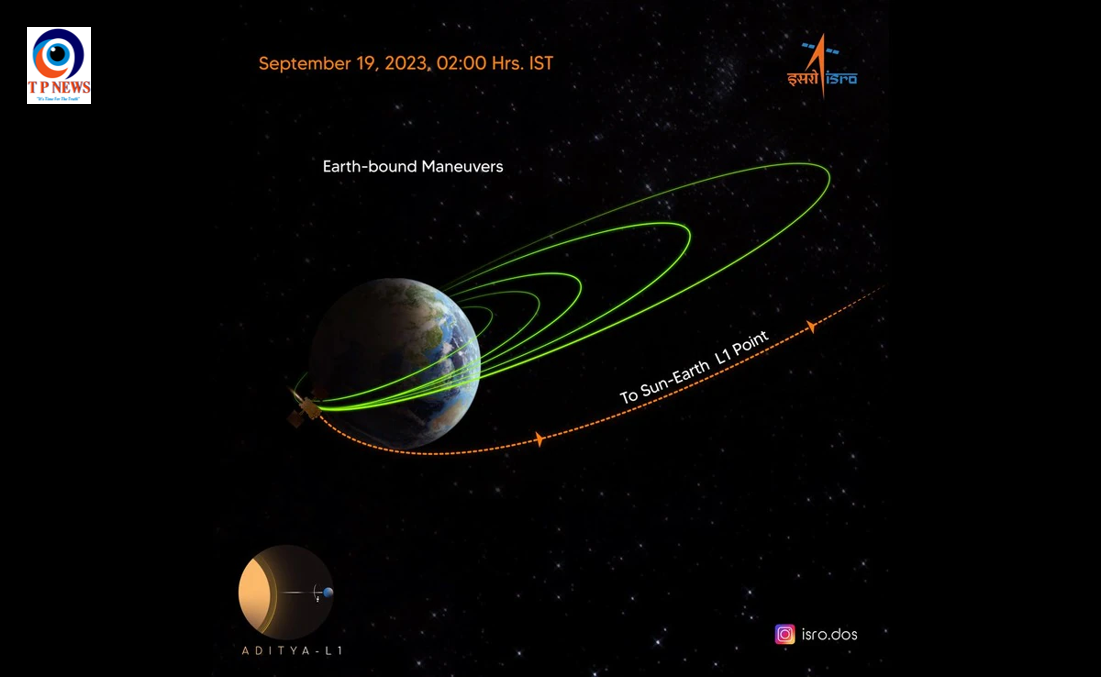In a historic milestone, the Indian Space Research Organisation (ISRO) launched the PSLV-C60 mission late Monday night, marking a major leap toward India’s ambitious plan of establishing its own space station by 2035. The mission, which successfully placed two spacecraft into the desired low Earth orbit, is a prelude to India mastering the complex technology of in-space docking—an essential cornerstone for advanced space missions.
A Bold Vision for the Future
The Polar Satellite Launch Vehicle (PSLV) stood tall at 44.5 meters, carrying two spacecraft, each weighing 220 kg, designed for space docking, satellite servicing, and interplanetary missions. This feat positions India to join an elite group of nations—China, Russia, and the US—that have achieved in-space docking capabilities.
Dubbed the SpaDeX (Space Docking Experiment) mission, the PSLV-C60 launch not only underlines India’s growing prowess in space exploration but also sets the stage for missions like Chandrayaan-4 (sample return from the Moon) and the Bharatiya Antariksh Station.
Mission Director M. Jayakumar announced the accomplishment, saying, “PSLV-C60 mission accomplished as of SpaDeX spacecraft is considered.”
Precision in Spacecraft Deployment
The two spacecraft, named Spacecraft A (SDX01) or the ‘Chaser’ and Spacecraft B (SDX02) or the ‘Target,’ were successfully deployed into orbit after the rocket lifted off at 10 p.m. from the Satish Dhawan Space Centre. Following a 25-hour countdown, the rocket soared into the night sky with a thunderous roar, leaving a trail of orange-colored fumes.
At an altitude of 470 km, the two spacecraft are designed to maneuver toward each other, eventually merging through a precise docking process. Scientists at ISRO are working meticulously to reduce the distance between the spacecraft, synchronizing their speed and trajectory to achieve this intricate feat.
Why SpaDeX Matters
In-space docking technology is critical for enhancing operational flexibility and achieving complex mission objectives. By mastering this capability, ISRO is set to open new avenues for:
- Human space exploration, including future manned missions to the Moon.
- Interplanetary missions, where spacecraft may need to refuel or assemble mid-space.
- Space station operations, as India prepares to establish the Bharatiya Antariksh Station.
“Through this mission, India is marching towards becoming the fourth country in the world to have space docking technology,” ISRO noted, emphasizing the strategic importance of SpaDeX.
A Year of Triumphs for ISRO
The PSLV-C60 mission concludes ISRO’s 2024 calendar, a year that began with the successful launch of the PSLV-C58/XPOSAT mission on January 1. Notably, the PSLV-C60 rocket is the first to be integrated up to its fourth stage at the PSLV Integration Facility (PIF) at the Satish Dhawan Space Centre.
As India steps closer to realizing its dream of a self-sustaining space station by 2035, the SpaDeX mission stands as a testament to ISRO’s vision, determination, and technological excellence. With each milestone, India continues to cement its place as a formidable force in global space exploration.






